The solar powered-vehicle market is characterized by a dynamic competitive landscape. This landscape is driven by technological advancements and increasing consumer demand for sustainable transportation solutions. Major players such as Tesla (US), Toyota (JP), and Hyundai (KR) are at the forefront, each adopting distinct strategies to enhance their market positioning. Tesla (US) continues to innovate with its solar integration technologies, while Toyota (JP) focuses on hybrid solutions that incorporate solar energy. Hyundai (KR) is expanding its electric vehicle (EV) lineup, integrating solar panels to improve energy efficiency. Collectively, these strategies contribute to a competitive environment that emphasizes innovation and sustainability.
Key business tactics within the market include localizing manufacturing and optimizing supply chains to reduce costs and enhance efficiency. The competitive structure appears moderately fragmented, with several key players vying for market share. This fragmentation allows for diverse offerings, yet the influence of major companies remains substantial, shaping consumer preferences and driving technological advancements.
In October 2025, Tesla (US) announced a partnership with a leading solar technology firm to enhance its solar panel efficiency, aiming to integrate these advancements into its vehicle production. This strategic move is likely to bolster Tesla's competitive edge by improving the energy efficiency of its vehicles, thereby appealing to environmentally conscious consumers. The partnership underscores Tesla's commitment to innovation and sustainability, reinforcing its position as a market leader.
In September 2025, Toyota (JP) unveiled a new solar-powered hybrid model, which integrates advanced solar cells into the vehicle's design. This development is significant as it reflects Toyota's ongoing commitment to hybrid technology while addressing the growing demand for renewable energy solutions. By enhancing the energy efficiency of its vehicles, Toyota aims to attract a broader customer base, particularly those interested in sustainable transportation options.
In August 2025, Hyundai (KR) launched a pilot program for its solar-powered EVs in select markets, showcasing its commitment to integrating renewable energy into its product offerings. This initiative is strategically important as it allows Hyundai to test consumer response to solar technology in vehicles, potentially paving the way for broader adoption. The pilot program may also enhance Hyundai's brand image as a leader in sustainable automotive solutions.
As of November 2025, current trends in the solar powered-vehicle market indicate a strong emphasis on digitalization, sustainability, and the integration of artificial intelligence (AI) in vehicle design and manufacturing. Strategic alliances among companies are increasingly shaping the competitive landscape, fostering innovation and collaboration. Looking ahead, competitive differentiation is likely to evolve, with a shift from price-based competition to a focus on technological innovation, supply chain reliability, and sustainable practices. This transition may redefine market dynamics, compelling companies to prioritize R&D and strategic partnerships to maintain their competitive edge.


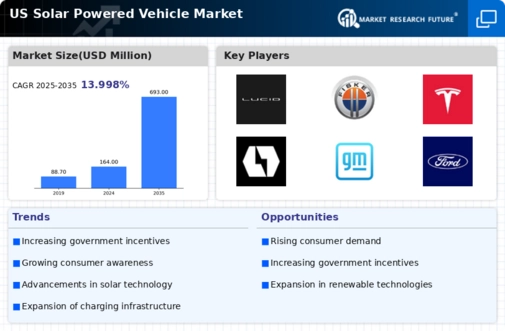
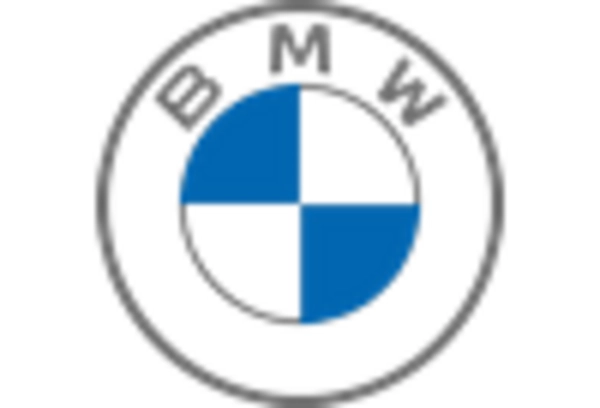
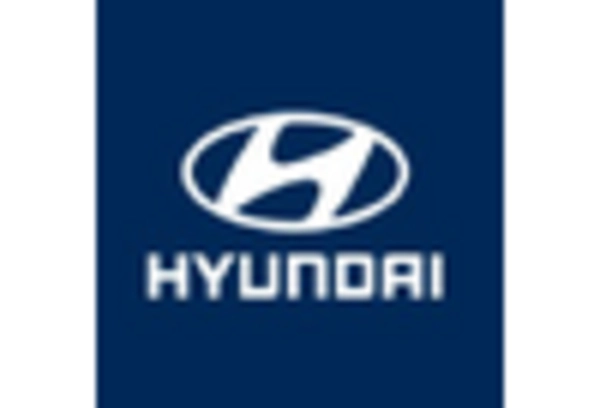

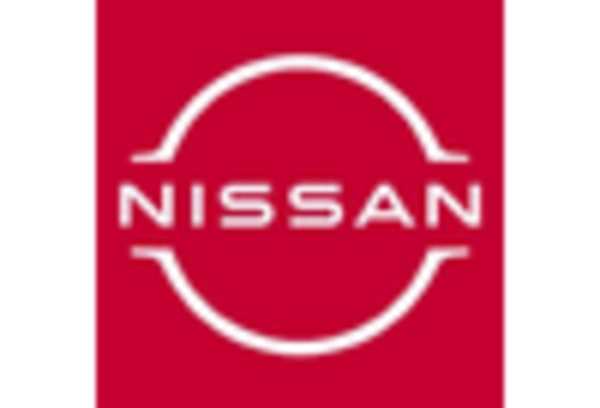

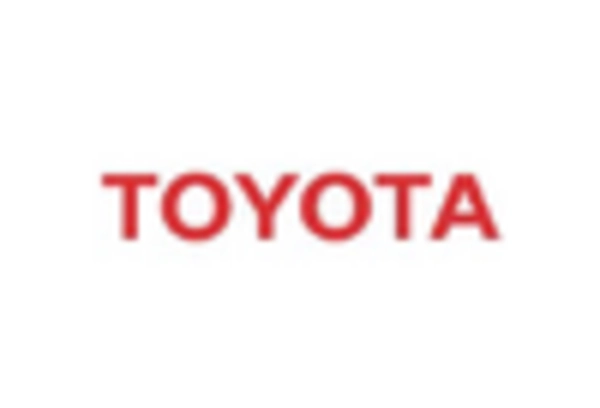








Leave a Comment